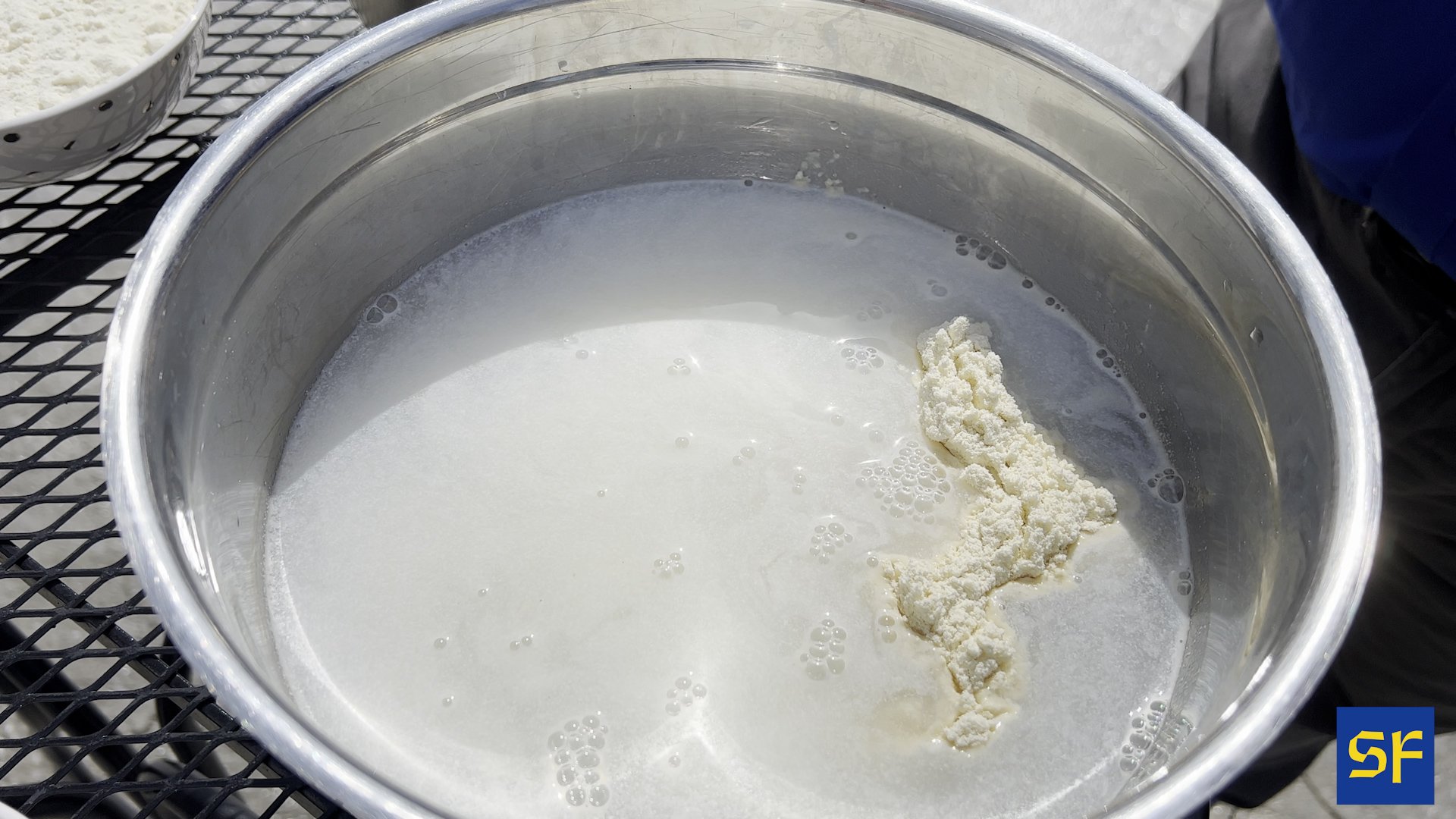Milk Replacers Built Right for the Job
Autofeeders have brought convenience, consistency, and precision feeding to the calf-rearing world. Milk replacer is the perfect feed source for them because it can be custom-mixed for each individual calf, without concern for spoilage or storage issues.
But we’ve learned a few things along the way as autofeeders have gained popularity. Included is the fact that traditional milk replacer powders can have bridging, flowability, and caking issues in autofeeders.
Strauss Feeds representative Tim MacDonald works with many calf-raising operations in the northeast United States that use autofeeders. To address the challenges of feeding traditional milk replacer formulations via autofeeders, Strauss Feeds has developed a custom Autofeeder Blend.
In this quick video, MacDonald compares a sample of traditional, instantized milk replacer blend, versus the Autofeeder Blend. Assisted by his nephew and business partner, George MacDonald, he demonstrates the difference in physical form and mixing behavior of the two products.
“The traditional, instantized blend contains a lot of emulsifiers that make it ‘sink’ quickly into the water with which it’s being mixed,” noted MacDonald. “In comparison, the Autofeeder Blend contains fewer emulsifiers and more flow agents. It has a more silky-smooth texture and doesn’t mound as high compared to the traditional blend.”
Instantized blend sinks quickly.
That improved flowability means the Autofeeder Blend won’t bridge in the top of autofeeders at the hopper site, and doesn’t create “beards” of trailing, sticky powder as it travels through the mixing process inside the machine.
All Strauss milk replacer products can be manufactured according to either formulation. In other words, the fat and protein content are identical, but the additives that affect physical characteristics will be customized based on the intended feeding system.
Both formulas have nearly no particulate after thorough blending.
Finally, MacDonald offered a pro tip for efficiently mixing traditional, instantized milk replacer for feeding with pail or bottles. “Mix it thoroughly with a whisk or paddle. Then wait about 30 seconds and hit it with the mixing tool one more time,” he advised. “You’ll achieve a more complete mix that stays more thoroughly in suspension.”







The use of beef semen on dairy cows has changed the playing field and redefined the meaning of “dairy beef.” Historically, purebred dairy calves that were sold into the beef production system had relatively low value and weren’t always given top-tier treatment at their dairies of origin.